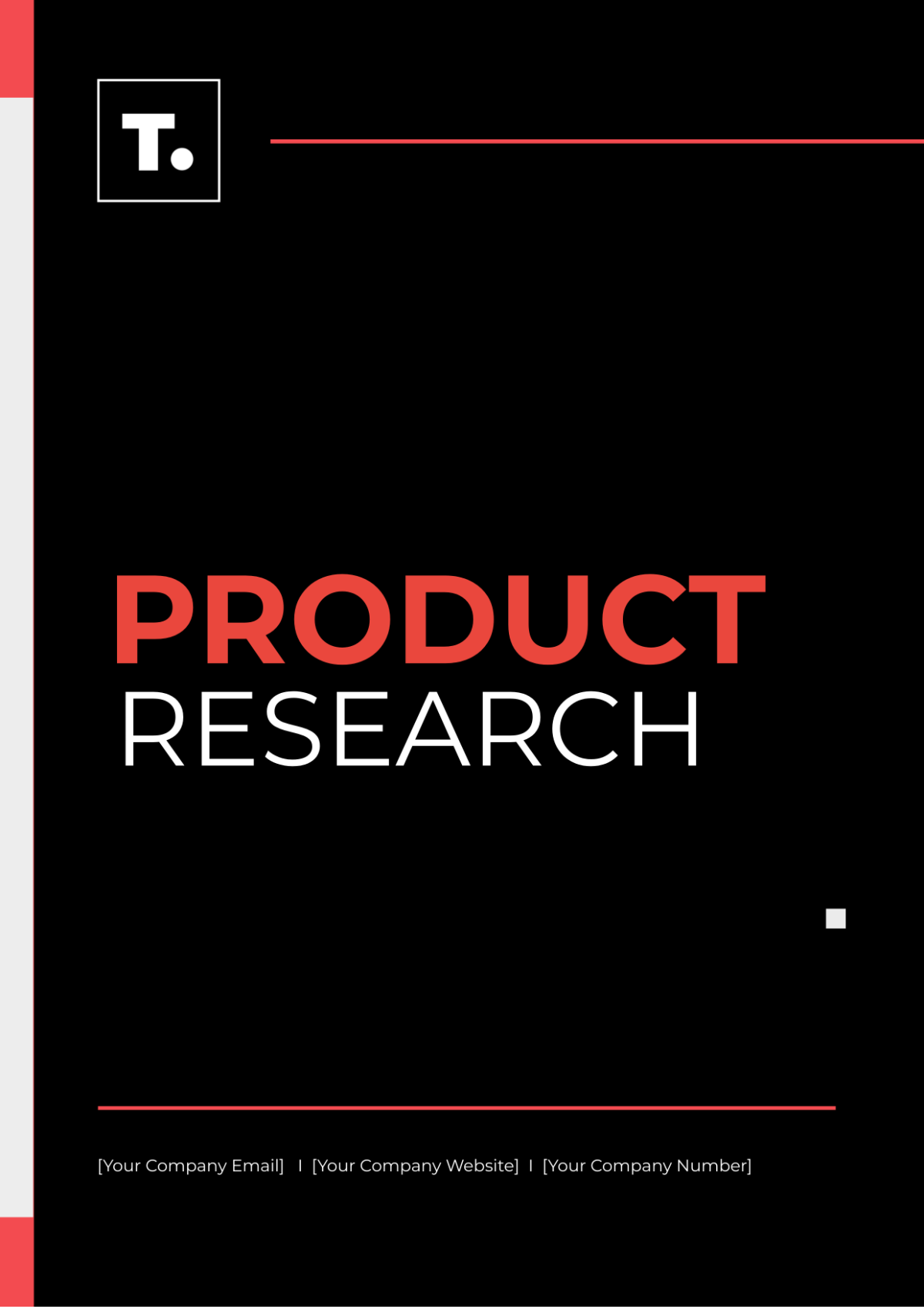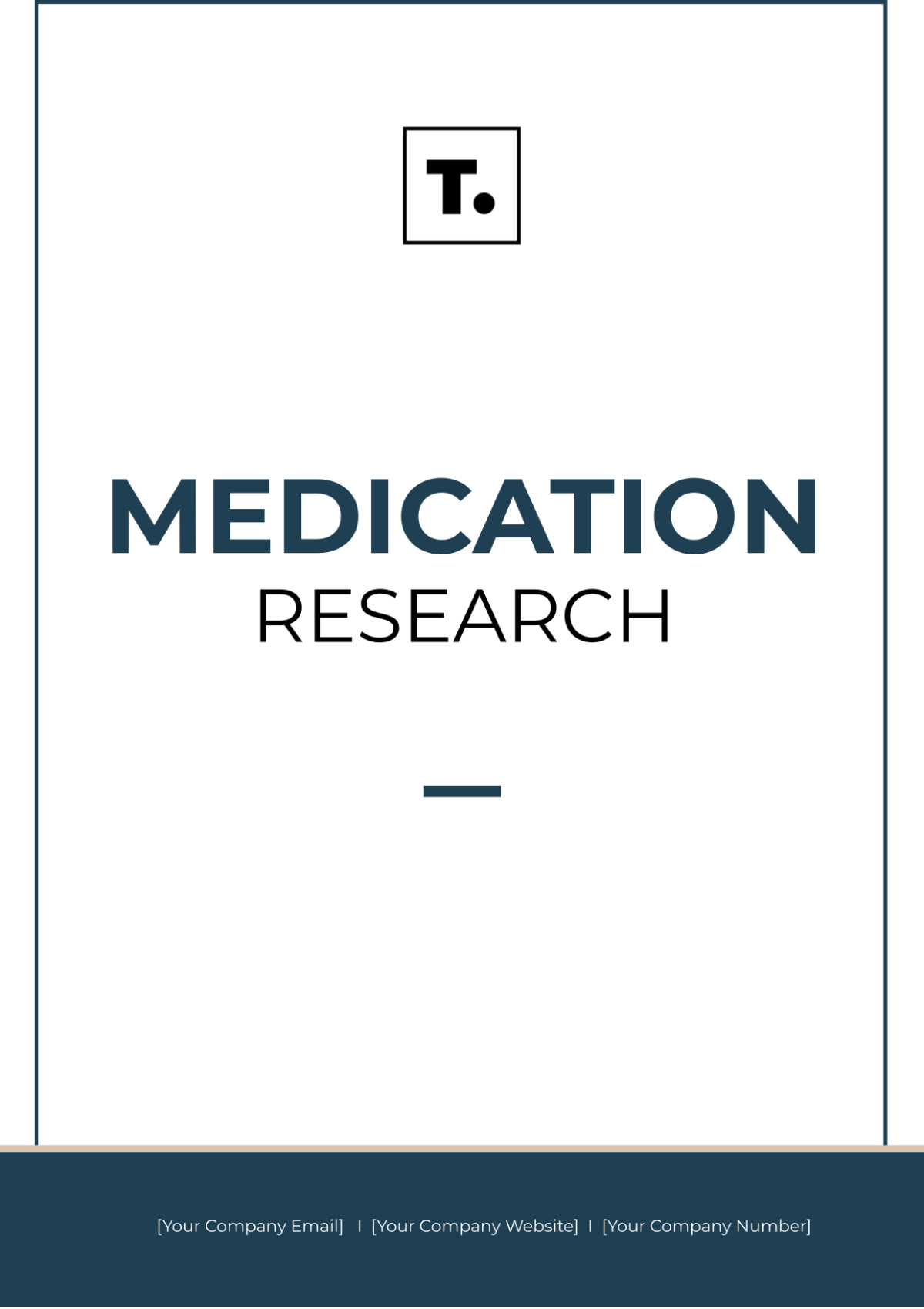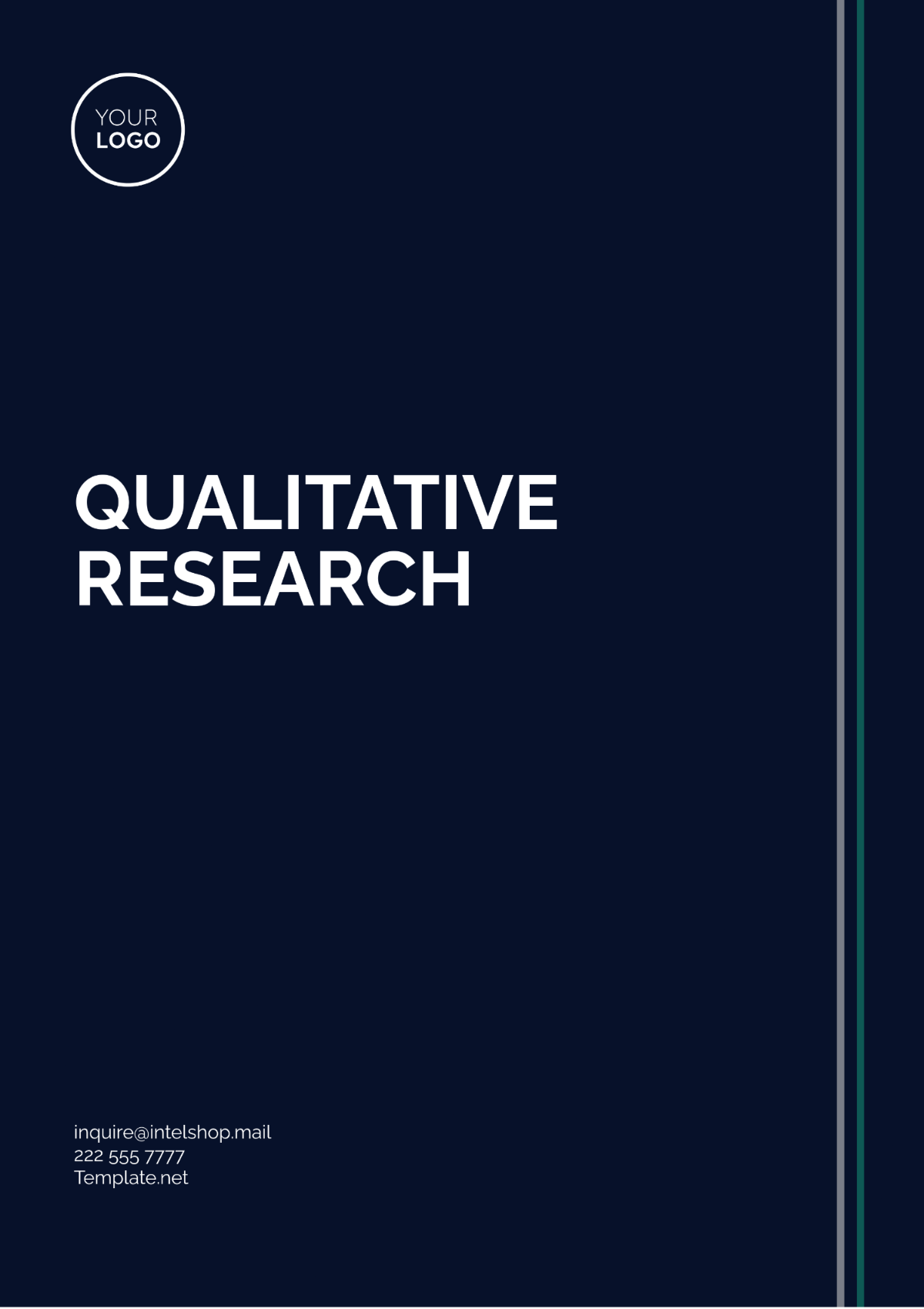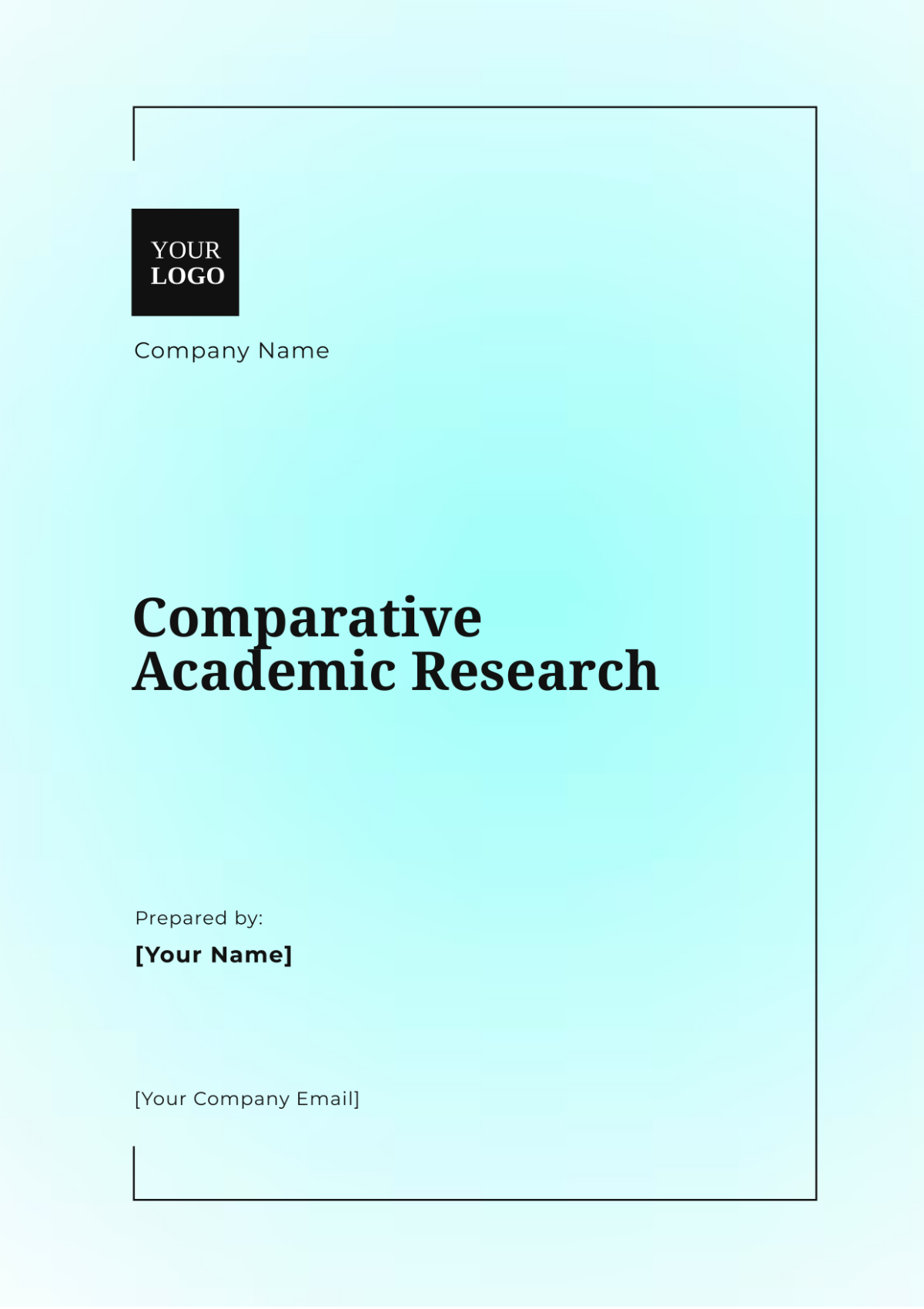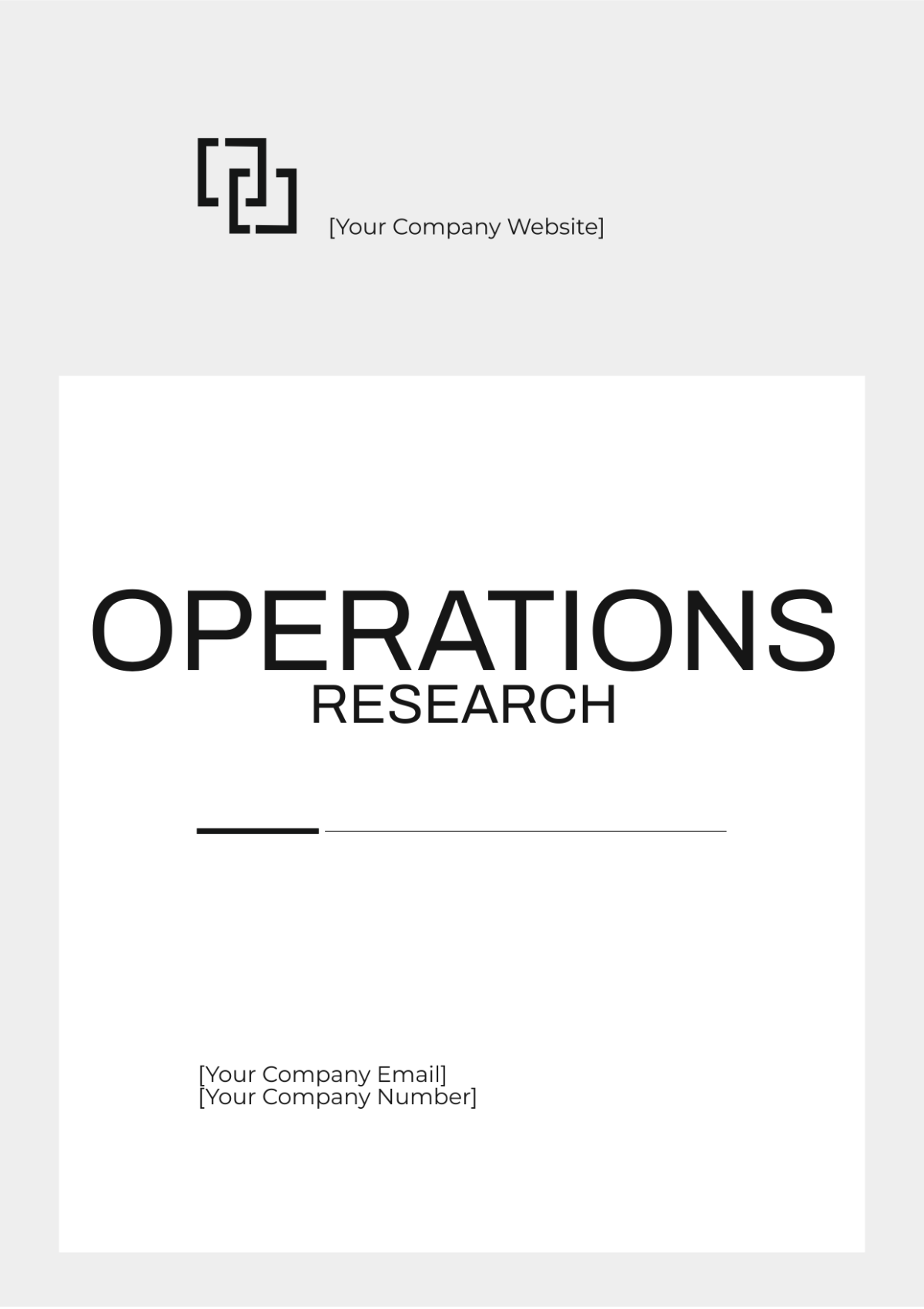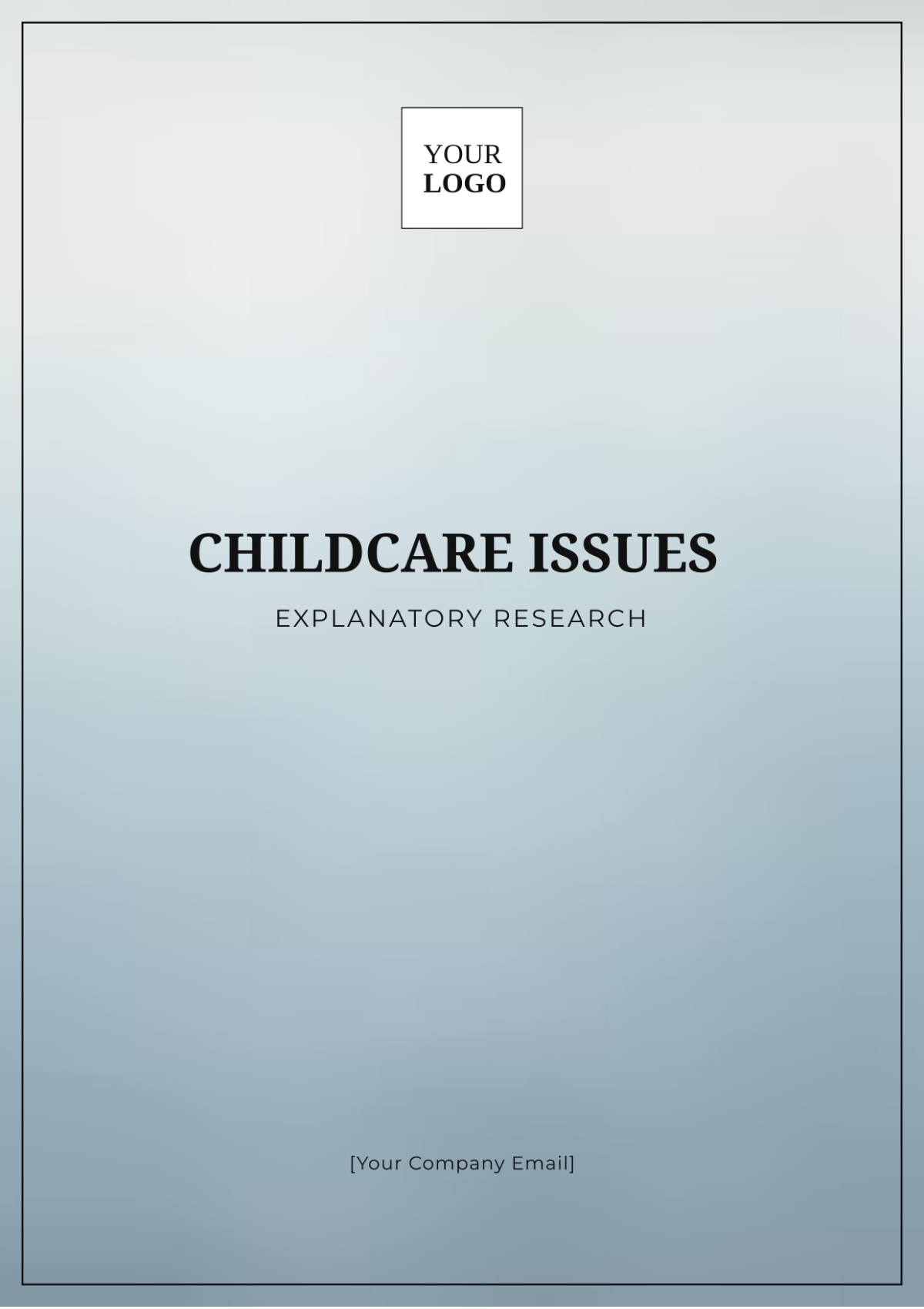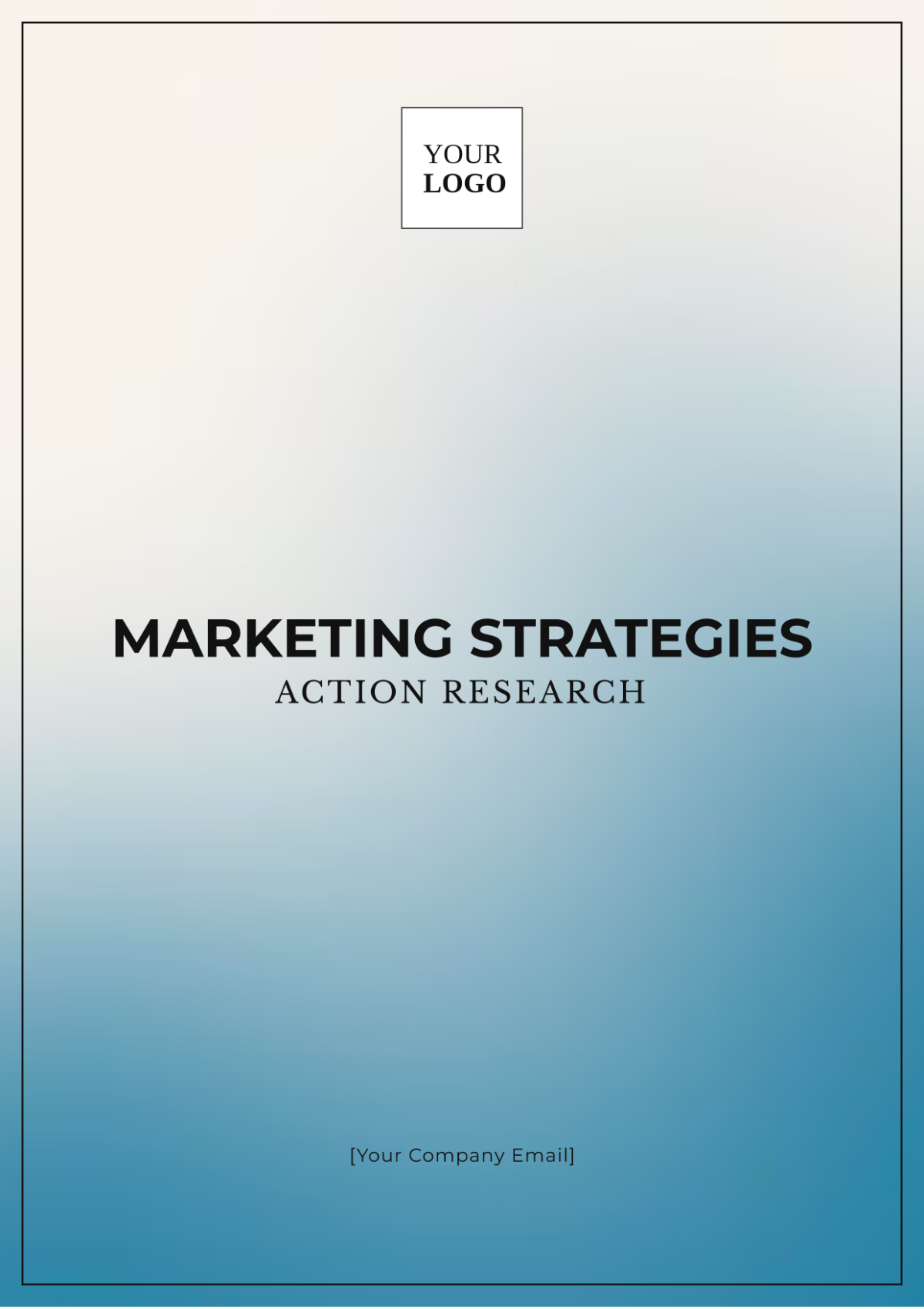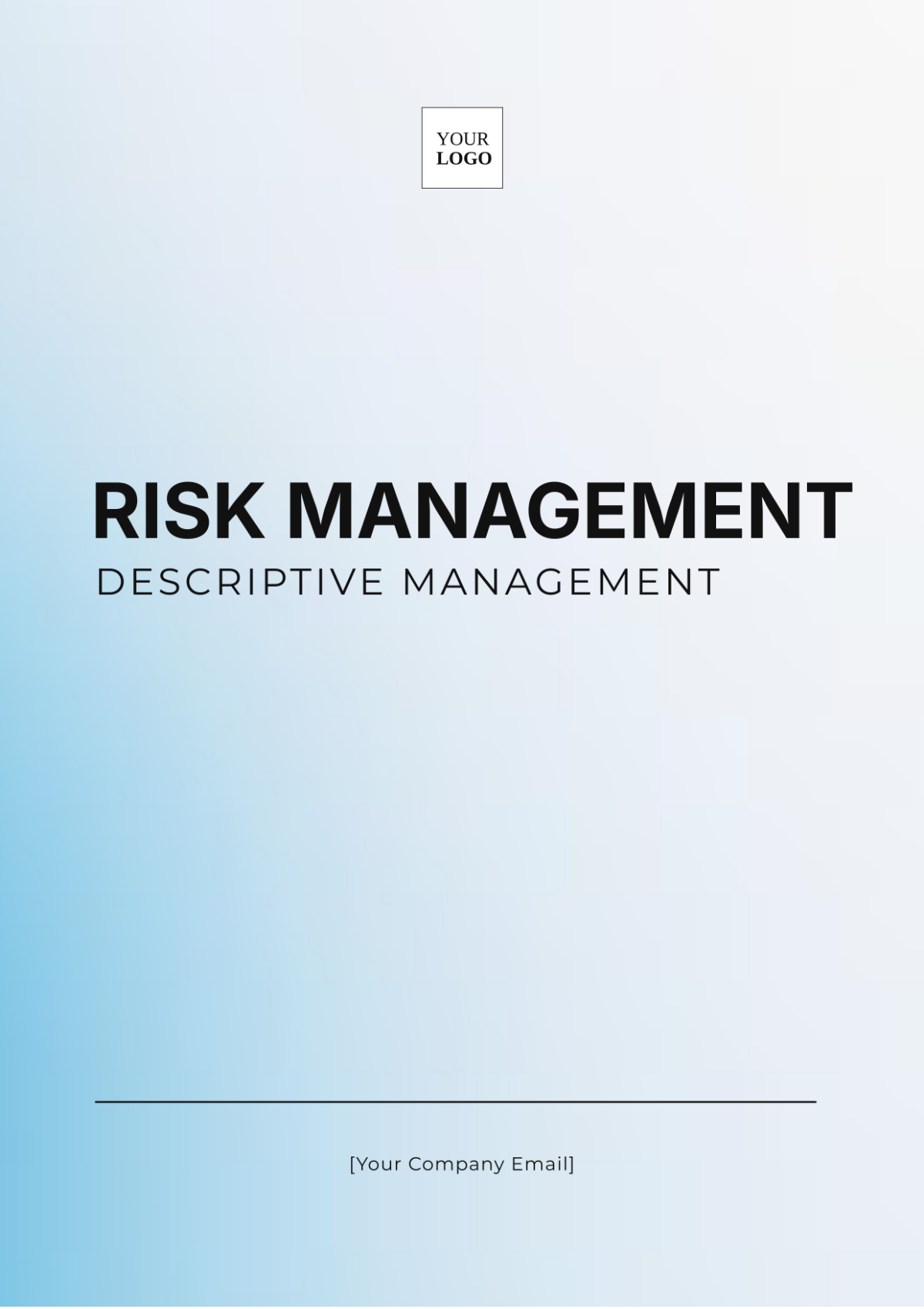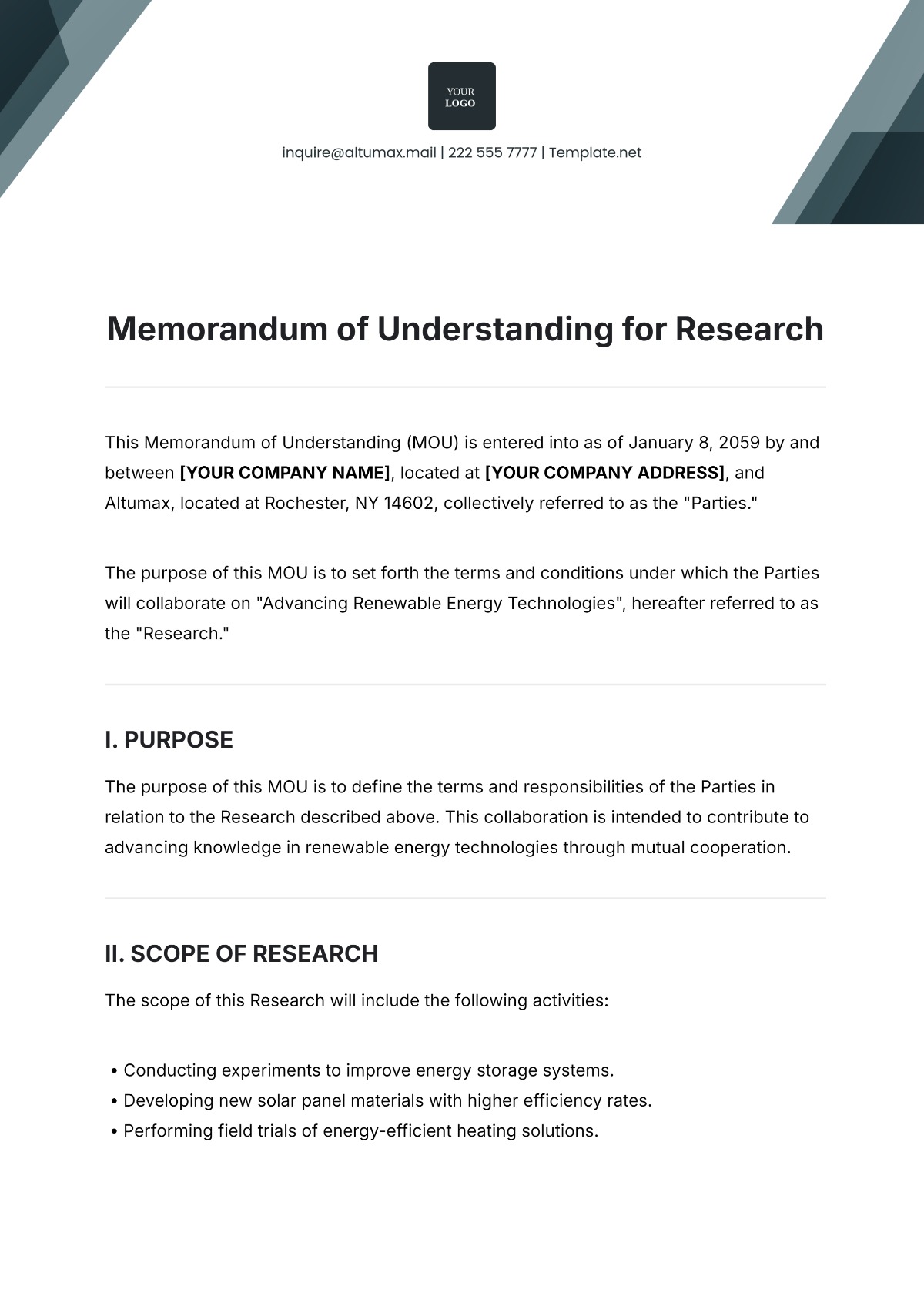Corporate Execution Research Process
Prepared by: [Your Name]
Company: [Your Company Name]
Date: [Date]
1. Executive Summary
This Corporate Execution Research Process report provides a comprehensive evaluation of the current execution strategies and operational practices. Key findings reveal several inefficiencies in workflow integration and performance tracking. Our recommendations aim to streamline operations, enhance strategic alignment, and improve overall performance. Implementation of these recommendations is expected to lead to a 20% increase in operational efficiency by 2052.
2. Introduction
The purpose of this research is to assess and optimize execution processes to ensure alignment with strategic goals and improve operational effectiveness. This process covers the evaluation of current practices, identification of gaps, and development of strategies for enhancement. The research was initiated to address the growing need for more efficient and cohesive execution methods in light of expanding global operations.
3. Methodology
Data collection for this research involved a combination of quantitative and qualitative methods:
Surveys and Interviews: Conducted with key stakeholders, including department heads and operational staff, from January 2050 to March 2050.
Process Audits: Comprehensive review of current workflows and performance metrics, completed in April 2050.
Benchmarking: Comparison with industry standards and best practices conducted in May 2050.
4. Current State Analysis
The analysis reveals several areas where current execution processes are falling short:
Workflow Integration: Current systems show gaps in integration, leading to delays and duplication of efforts.
Performance Tracking: Inadequate performance metrics and reporting systems hinder effective monitoring and management.
Resource Allocation: Misalignment in resource allocation results in underutilized assets and inefficiencies.
5. Gap Analysis
Key gaps identified include:
Operational Inefficiencies: Several processes are redundant or poorly coordinated, affecting overall productivity.
Lack of Standardization: Variability in process execution across departments leads to inconsistent results.
Data Management Issues: Inconsistent data collection and reporting practices impact decision-making and strategic alignment.
6. Recommendations
To address the identified gaps, the following improvements are recommended:
Implement Integrated Workflow Systems: Adopt advanced software solutions to streamline and integrate workflows, reducing redundancy and delays.
Enhance Performance Metrics: Develop and implement comprehensive performance tracking systems with real-time reporting capabilities.
Standardize Processes: Establish standardized procedures across departments to ensure consistency and improve efficiency.
Optimize Resource Allocation: Revise resource allocation strategies to better match operational needs and improve asset utilization.
7. Implementation Plan
The proposed implementation plan includes the following steps:
System Integration: Begin in June 2050 with the selection and deployment of integrated workflow systems.
Performance Metrics Overhaul: Develop and implement new metrics by August 2050.
Process Standardization: Complete process standardization initiatives by December 2050.
Resource Allocation Optimization: Revise resource strategies by January 2051.
Progress will be tracked through monthly reviews and performance assessments, to achieve a 20% increase in operational efficiency by December 2052.
8. Conclusion
The Corporate Execution Research Process highlights critical areas for improvement in execution strategies. By implementing the recommended changes, significant gains in efficiency and effectiveness are expected. The proposed enhancements will position the organization to better meet its strategic objectives and adapt to future challenges.

